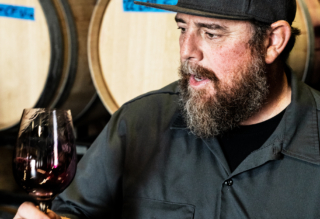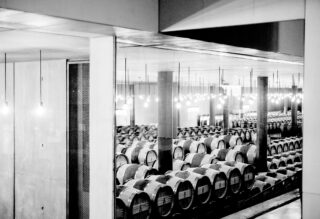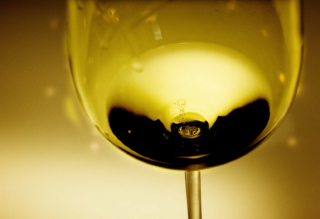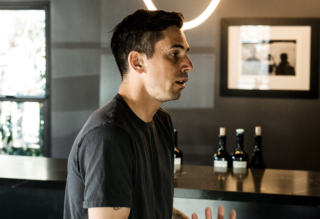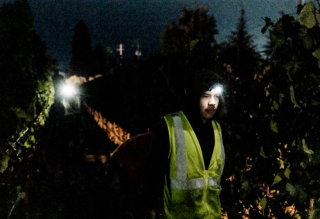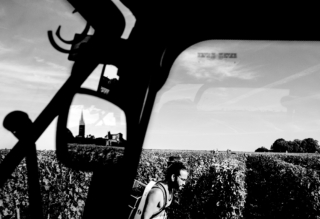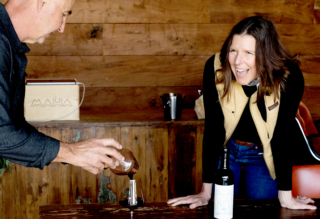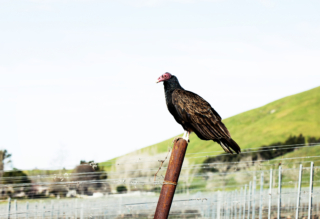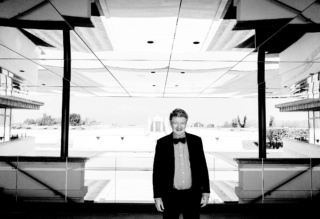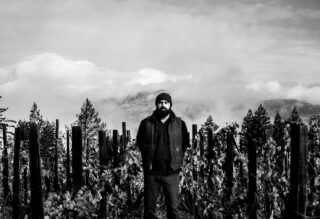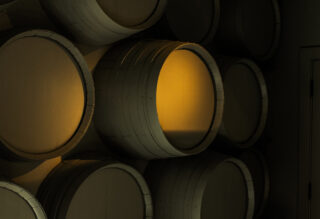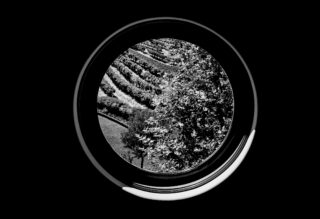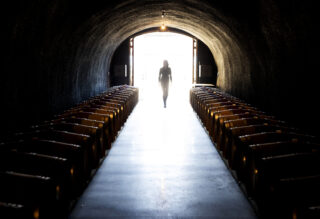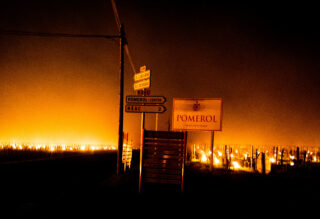The Mermaids in the Basement
Visiting Haliotide
I started early, took my dog,
And visited the sea;
The mermaids in the basement
Came out to look at me.
-Emily Dickinson
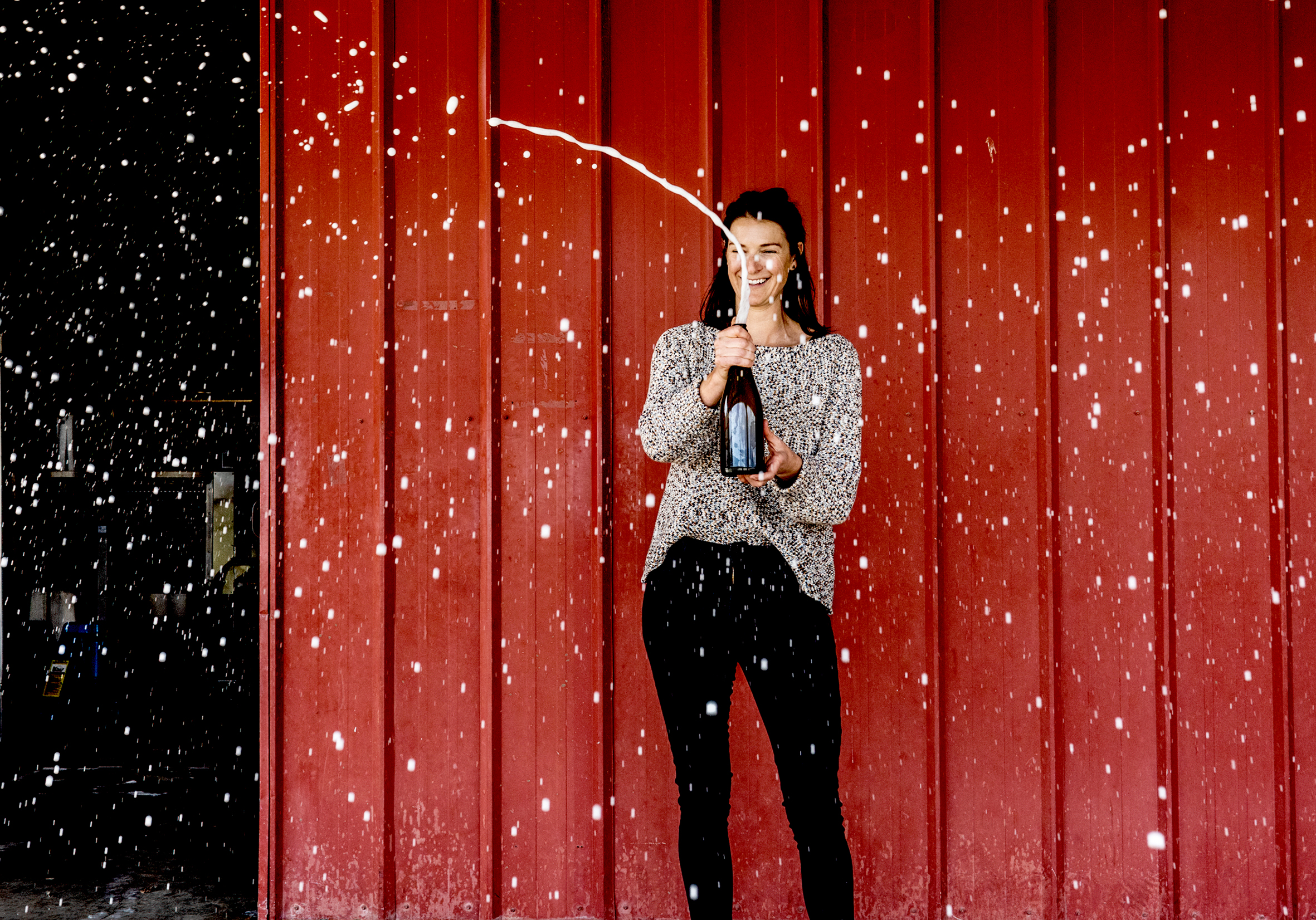
Atop a gently sloping hillside overlooking the small country town of Templeton, California, surrounded by orchards and a walnut grove, sits an unassuming red barn. Inside that barn lives Haliotide, one of the most exciting sparkling wine programs in the United States.
A herd of deer, startled by my car, lope through an orchard nearby, their footsteps audible as they run through thick grasses. Nicole Pope, tall, lean, and elegant of baring, is the project’s winemaker and co-founder, along with her husband, Luke. She greets me outside, and for a beat, we look out at the rural land before entering the winery.
Haliotide is small, clean, and tidy, with a tight set of rooms providing an efficiently organized facility within which to make sparkling wine. There’s a barrel room where the base wines are aged. There’s a small room with walls adorned in their three children’s chalk artwork, where large wooden boxes store bottles undergoing tirage. Another room is lined with riddling racks, slanted bottles catching coins of white light from above. Nicole and Luke do most of the work alone year-round, with family and friends helping during disgorging, bottling, and labeling, which are all done by hand.
Haliotide’s identity is manifested in a suite of daring, mythologically informed labels. New labels are created with each vintage. Though the paper and photos upon which they’re printed are one-dimensional, the labels have profound dimension and character. They are conceptualized and designed by artistic partners Michael Garlington and Natalia Bertotti, Nicole’s sister. In collaboration since 2013, the pair is perhaps best known for their large-scale installations, namely Photo Chapel (2013) and Confessions (2015), which they created for Burning Man, a process that concludes in their burning in the remote sands of Black Rock Desert, about 100 miles outside Reno. Their wine label work employs photography, collage, and costume, the resultant aesthetic that of dreamscapes and folktales.
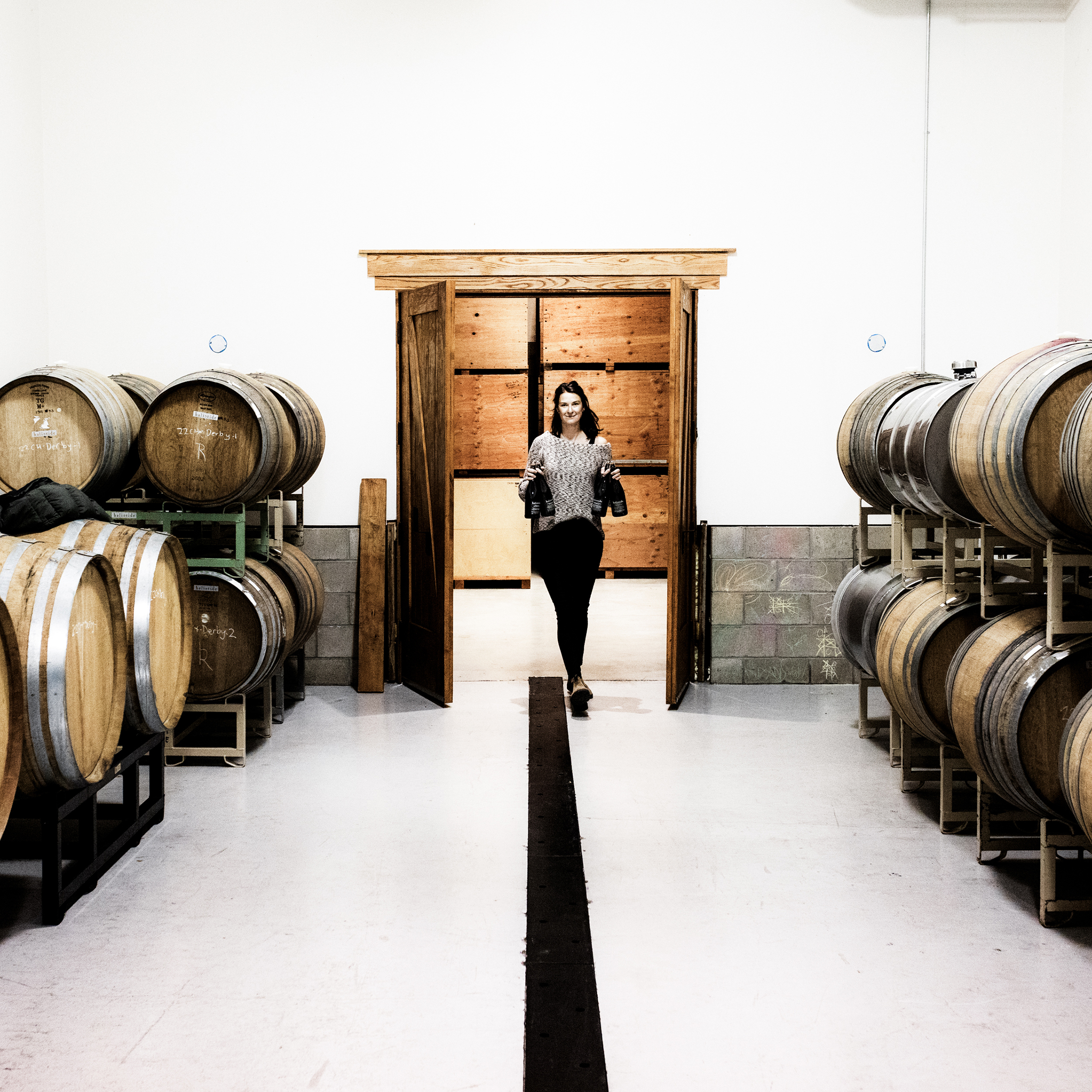

Nicole first got her start in sparkling wine production in 2007 at Domaine Carneros, where she worked as a lab intern. By the time she left in 2010, she’d worked her way up to assistant winemaker. “I just learned that I really love sparkling wine. I always had sparkling wine in the fridge. It became our favorite wine to drink. We drink it multiple times a week now. I love how delicate and bright it is. Some producers will make sparkling wines out of anything,” she says. “They’re just picking grapes early. But if you have a cooler climate with an extended growing season, you can let the grapes hang until September. In hotter climates, people are picking for sparkling wine in August. On the coolest edge of the cool climates is where you’re going to get the best quality fruit for sparkling wine, and Pinot Noir and Chardonnay thrive in those climates.”
Intentionally, all their vineyard sources are coastal. “We really want the ocean to influence our wines. Haliotide means abalone in French. We used to go abalone diving in Mendocino when the season was still open. Sparkling wine, it just has that ocean air smell. That bright freshness. We love it with oysters, sushi….”
As if on cue, Nicole’s husband, Luke, arrives with our lunch. While he’s unpacking an assortment of sashimi, nigiri, rolls, and a side of shiso leaves, the wind around us kicks up, calling into action wind chimes hanging from a nearby tree. Luke Pope, a grape farmer by day for Coastal Vineyard Services, tells me he moonlights at Haliotide. “I’m Nicole’s cellar rat. And we taste dosage trials together. I’m busiest during harvest time. Transportation of fruit. Arranging the picks. While she’s out visiting and tasting the sites, I talk to the farmers about the logistics of when and how we can get the fruit off. How much fruit can I haul on a given Saturday or Sunday? Maybe I’m the Logistics Manager, too?” “And the machine guy,” she adds.
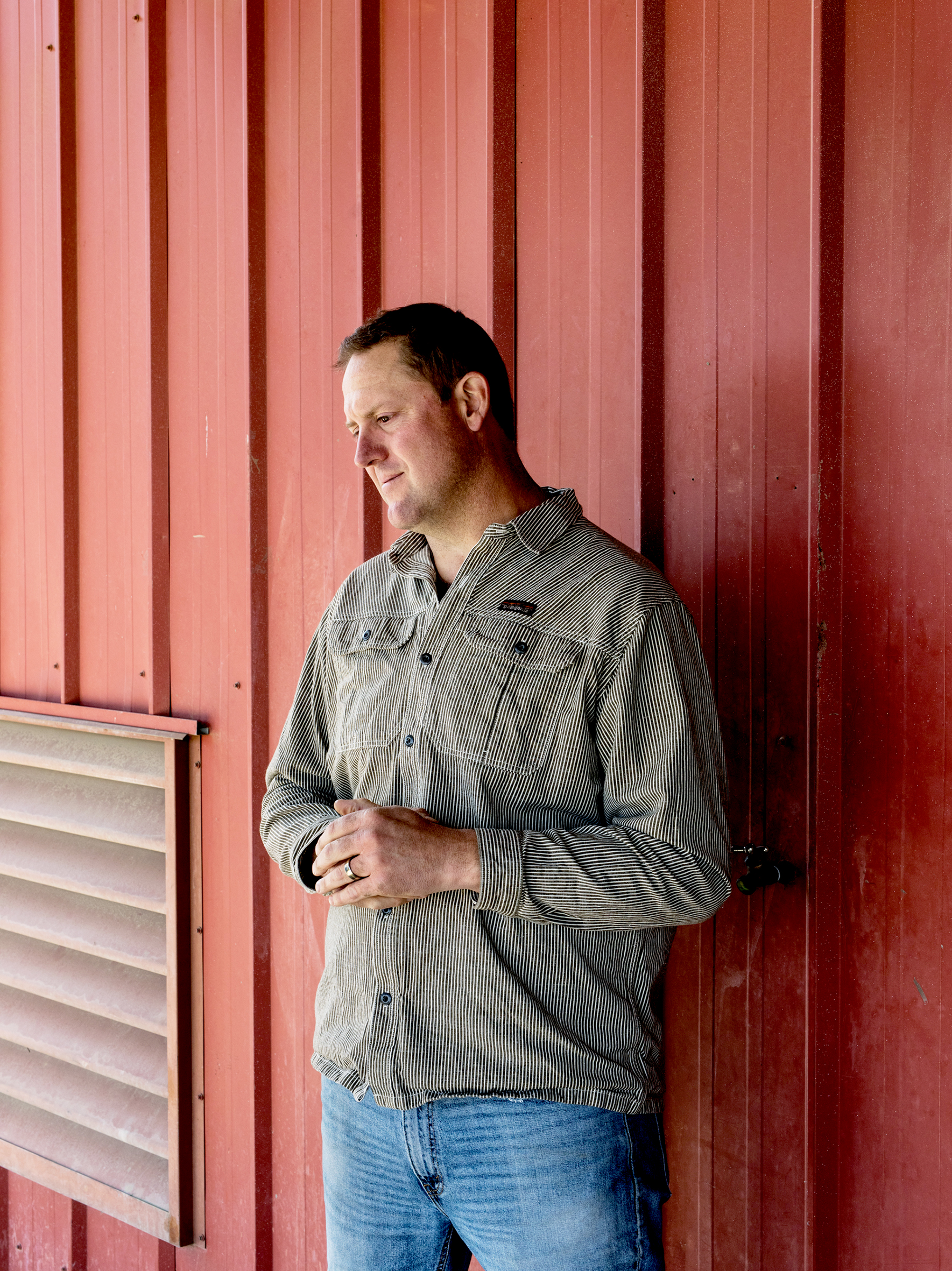
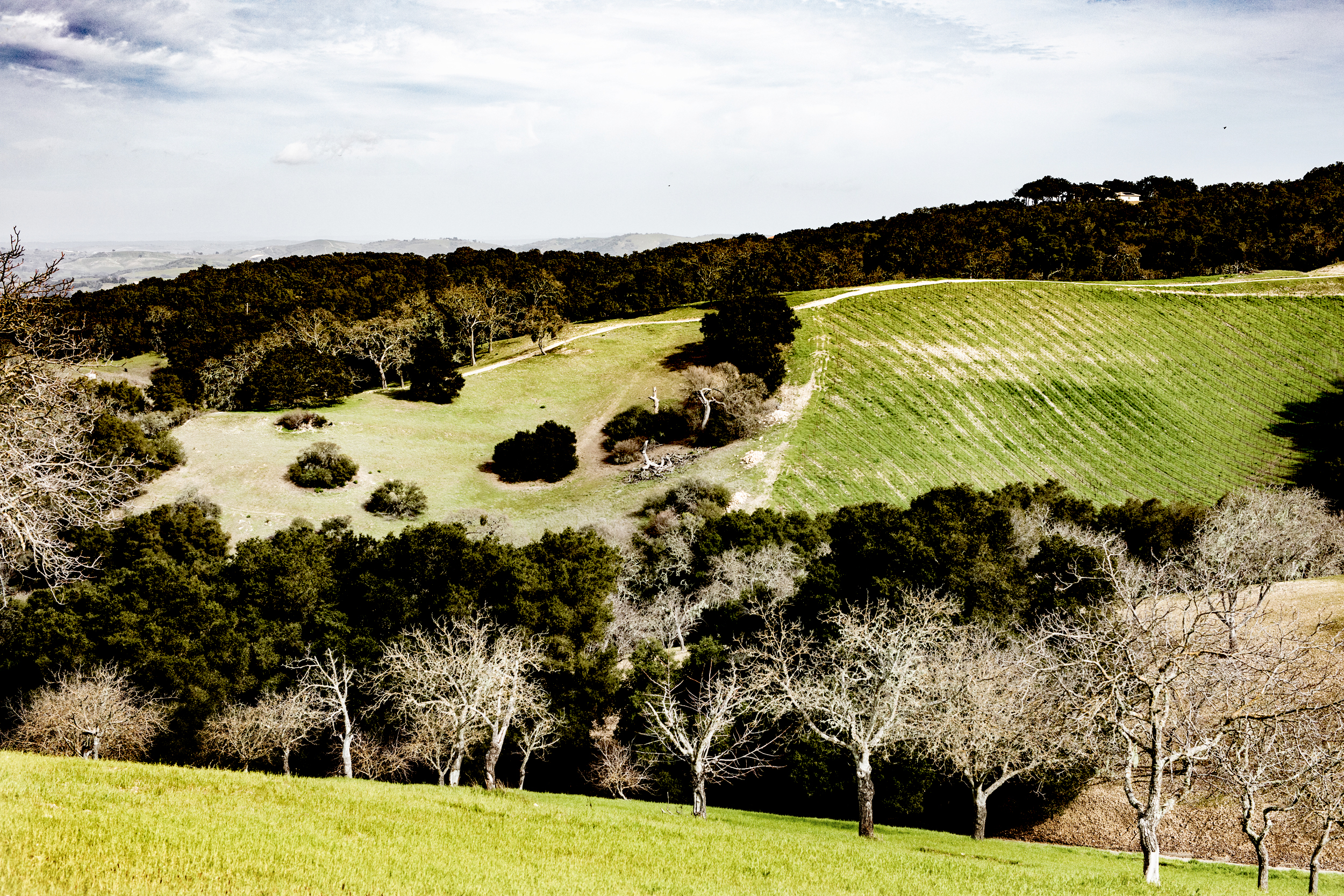
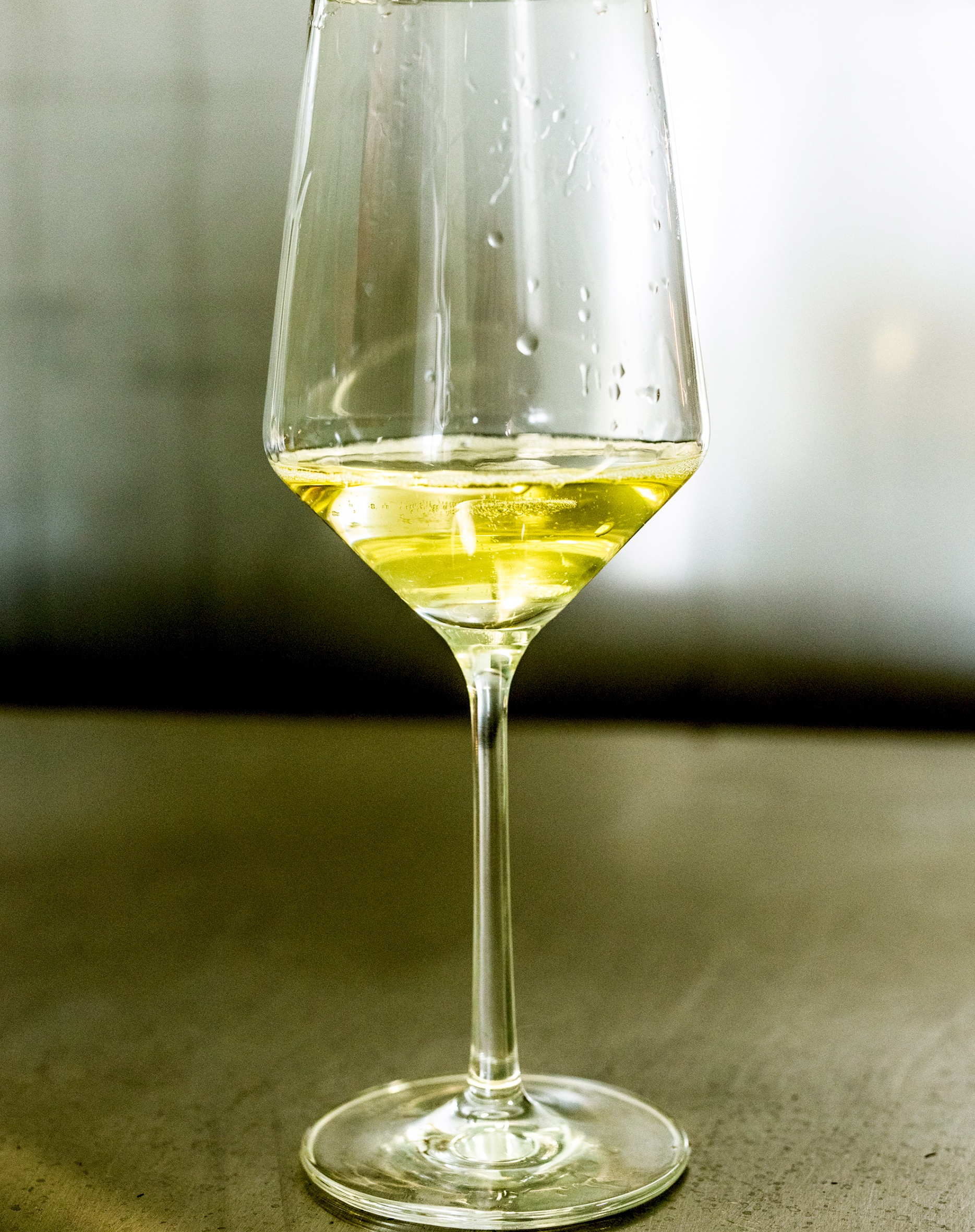
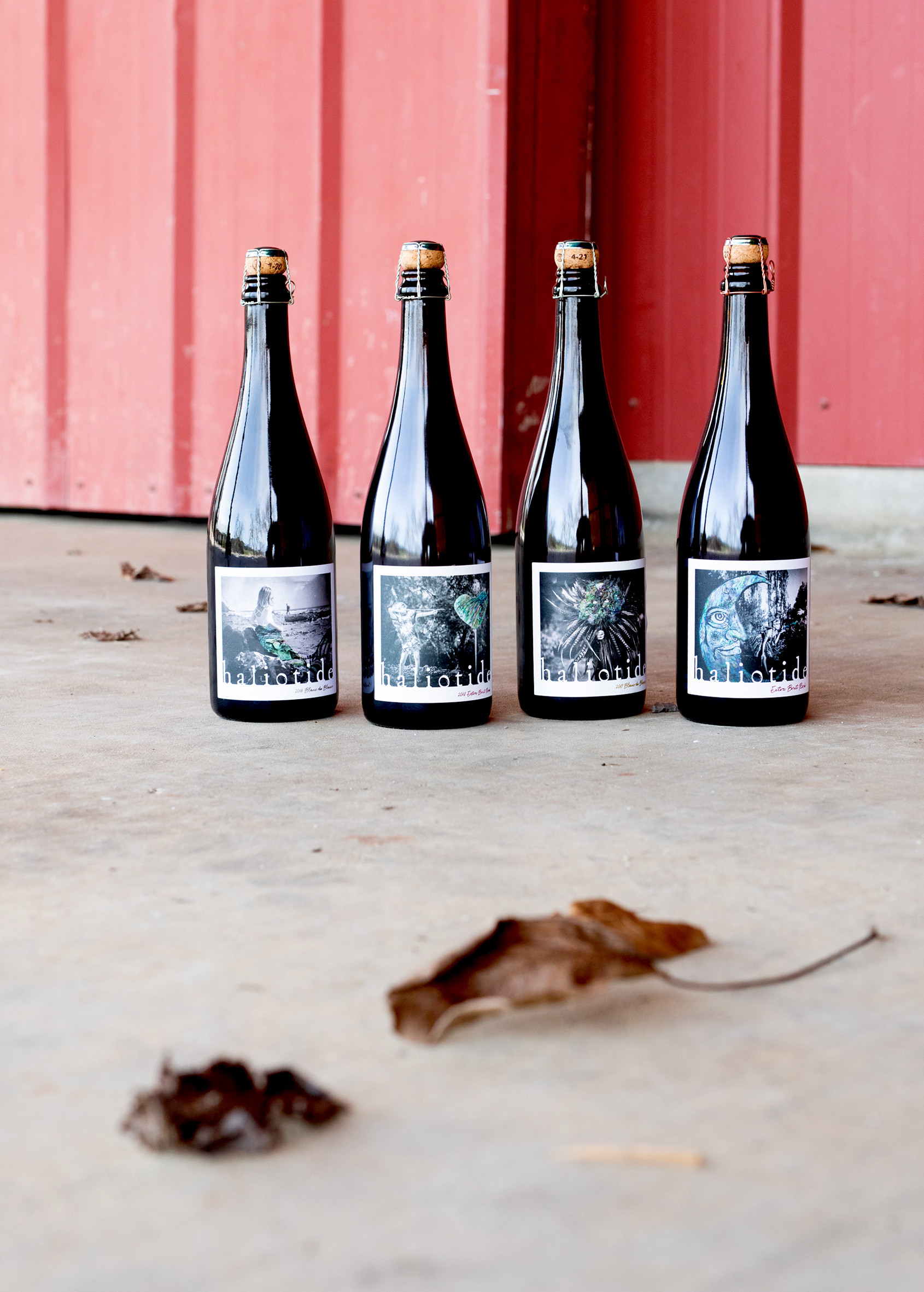
Haliotide currently sources from the Derbyshire Vineyard in San Simeon, home of the Hearst Castle and the Bassi and Topotero Vineyards, both located just over a mile from the Pacific in the seaside town of Avila. “The entire SLO Coast AVA is very cool, but that particular spot on the SLO Coast is even colder,” she says.
“We are not a large house, so we’re not going to be making something that tastes the same year to year. We’re going to have single vineyard, single vintage wines. We’re not blending away place and vintages.”
The Popes were inspired by the grower champagne model and, even though they don’t own any of their own vineyard sources, work closely with growers. “The aha wine for me was a 2002 Salon, for sure,” Luke says. “And we both love Champagne Doyard.”
In 2016, during off hours, Pope made a Blancs de Blancs with chardonnay from the Stolo Vineyard in Cambria, where she was winemaker at the time. It was disgorged after four years of aging and then cellared. That 2016 Blancs de Blancs became the first Haliotide wine, which wouldn’t be released until 2021. “There was no grand plan,” she says. “We thought, ‘let’s just make one ton and, if it’s not sales worthy, we’ll keep it for ourselves, and between family and friends, we’ll be able to drink it.’ We didn’t have a mailing list, so we just put together a website quickly, and a lot of industry people signed up and bought the wine. It was a small amount. Only 40 cases, and we kept eight of those.”
Those 40 cases sold out rapidly, and the 2017 vintage that followed sold out within two weeks. That’s when they decided to commit to future vintages and to purchasing more fruit. They moved into their winery in 2021 but have no plans for a tasting room. “I’m not comfortable schmoozing very much, and I’m not good at selling,” she says. They’ve been able to gain exposure for their brand by collaborating with brands like Saxum and the Maha Estate in Paso Robles, who, when hosting progressive wine dinners, enlist the Popes to kick off the evening with a glass of sparkling wine.
With the 2022 vintage, they began sourcing from the Davenport Vineyard near Edna Valley. “They’re working with the Roederer Pinot Noir clone. We’d like to make Blancs de Noir from this site. It’s in barrel right now. We’ll wait to bottle it to see how it comes out. We’re still experimenting with it. I don’t mind trying new things, but it’s such a commitment to then buy the glass, put it in the bottle.”

Even as she is enumerating the costs associated with experimentation, she quickly remembers to mention the possibility of working with a chardonnay site in the coastal Santa Cruz Mountains appellation. Though the Popes had initially committed to sourcing solely from the SLO Coast AVA, they remain open to exploring other coastal regions.
“The owner of Coastal Vineyard Services, Kevin, has been super generous, allowing us to use his trailers. This would be a big endeavor if we had to have the entire investment for everything we need, but people have been really nice to us, and they want to see us succeed. They’ve been generous with their tools, equipment, and time. It’s an ‘us’ project, but it’s a “community project,” too. That’s the thing about Paso Robles. People here are very cooperative. It has a special feel. We all rise together.”
Perhaps one of the most counter-intuitive business ventures, launching a wine brand requires cash flow up front, followed by herculean amounts of patience before any wine can be sold. Knowing the perils of the business, why did they forge ahead? Luke says, “I have one client who is ultra-wealthy, bought a big property. He said: talk me into doing it. I asked him if he had any passion for it. He said, ‘No, it’s a dollar and cents game.’ So I told him, ‘It’s not for you. You have to believe in what you’re doing. You must find it exciting.’ I think about that all the time. Ultimately, we have luxury products. Is this really a good use of water? Is it a good use of the resources we have? Is growing grapes responsible? Farmers all over need to think about water use. I think about the side effects of these luxury products on the environment.” Though he is conscientious, making efforts to farm responsibly and sustainably, he remains concerned. “We are causal agents of these side effects, but we try to find meaning in the joy Haliotide brings to the people who enjoy our wines.”
It’s got to be challenging living and working with the same person, day in and day out. He says, “The kids probably bring the most stress. Because it’s just constant. Basketball. Gymnastics. Tap dancing. That’s why we have a minivan now. There are so many things on my checklist I don’t get to, but that’s life now. We were working together at Stolo. She was making the wine, and I was farming. We work well together.”
As we’re finishing up lunch, Luke excuses himself. He has kids to pick up and drop off at their various destinations. I stay behind with Nicole, and we revisit the flight of wines before us. They’ve opened, sharing a signature of balance, freshness, elegance. It’s getting chilly, so we both bundle up. We raise our glasses and toast. The bubbles compel us, though the only celebration at hand appears to be this moment. “It’s been fun,” she says, casually.
–
Article by R. H. Drexel
Photography by Svante Örnberg
See more work from Svante at svanteornberg.se by clicking here!
